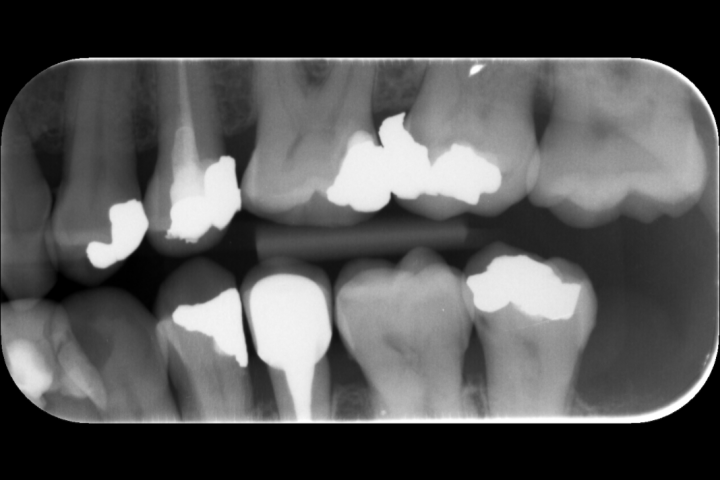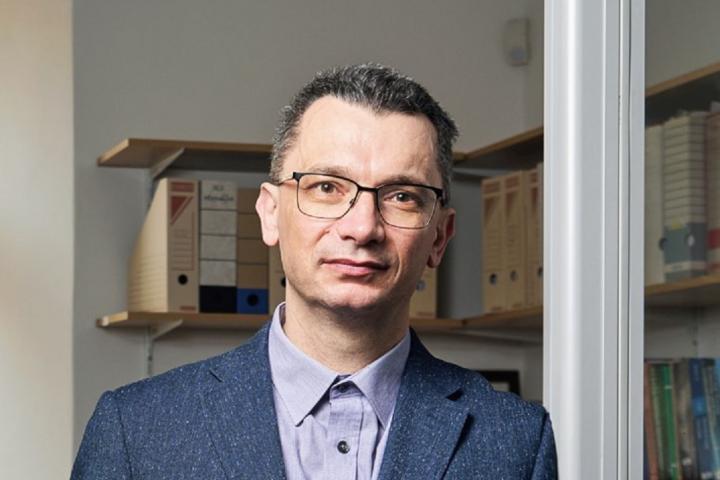
While preventive measures are considered the primary way to prevent tooth decay and reduce dental care costs, early detection is also important as it can reduce the extent and cost of dental treatment. The taking of radiographs complements the examination by sight and probe, which may be insufficient, especially for detecting incipient interdental caries. However, the problem is that dentists often disagree in their interpretation, as previous studies have shown.
The new research, published in the journal Clinical Oral Investigations, compared the performance of an automated caries detection method with that of seven dentists, three novices and four experienced professionals. "Their task was to mark dental caries on one hundred X-rays. The agreement among the experts was quite low. As a result, the automated method, which uses deep learning, consistently outperformed the novices and achieved similar or better results than even very experienced dentists," says Professor Jan Kybic, who heads the Department of Cybernetics at Faculty of Electrical Engineering.
The idea to compare the results of existing diagnostic methods with deep learning came from MDDr. Antonín Tichý from the Dental Clinic of the 1st Medical Faculty of Charles University and the General University Hospital in Prague, and MDDr. Valéria Nagyová from the same department also participated in the research.
"Unlike other medical disciplines, dentists take and interpret most X-rays themselves. However, the evaluation of the images is to some extent subjective and can vary considerably between doctors, which was confirmed in our study. In this respect, automatic caries detection based on artificial intelligence can reduce the risk of overlooking caries, for example, and the visualization of caries on the image can facilitate physician-patient communication. The motivation was also the use in the teaching of dental students, which we are engaged in at our department," says Dr. Antonín Tichý.
Within his diploma thesis, the research was significantly contributed by CTU FEL graduate Ing. Lukáš Kunt, who created a set of image data and a neural network from nearly four thousand anonymized X-ray images with more than seven thousand dental caries, which was subsequently trained to detect dental caries as accurately as possible. The entire process, based on artificial intelligence tools, took about two years of work.
Automated caries detection can help students and eventually dentists in practice
Studies by scientists from CTU FEL and the 1st Faculty of Medicine of Charles University have shown that the automated method can improve the accuracy and repeatability of caries detection and thus provide a useful second opinion even for experienced dentists.
"In radiology, the practice is that two doctors look at the images, and if they disagree, a third can come in. But a dentist in a typical dental office does not have this option, because he is usually alone, so our method could help him the most, especially if he is a novice doctor with less clinical experience," summarizes Prof. Jan Kybic, where he sees the greatest potential for application.
The automatic method based on deep learning has a prospect of application in medical practice. Ing. Kunt continues to collaborate with the 1st Medical Faculty of Charles University to develop the user interface so that the system can be used by dentists and medical students.
"The user interface is almost ready to use, but first we need to test how useful the automated method is for students. We want to find out by comparing the caries detection ability of students who will have our app with students who are taught using standard methods, i.e. lecture and hands-on demonstration with a supervising dentist. According to the results, we will continue to optimize and implement the app in teaching. There is still a long way to go to be used by dentists in the field and it will be difficult to compete with commercial products that have more time and financial resources," explains Dr. Valéria Nagyová.

Prof. Jan Kybic
The text is based on research articles:
Lukáš Kunt 1, Jan Kybic 2, Valéria Nagyová 3, Antonín Tichý 3
Automatic caries detection in bitewing radiographs: part I-deep learning
Antonín Tichý 1, Lukáš Kunt 2, Valéria Nagyová 1, Jan Kybic 3
Automatic caries detection in bitewing radiographs-Part II: experimental comparison